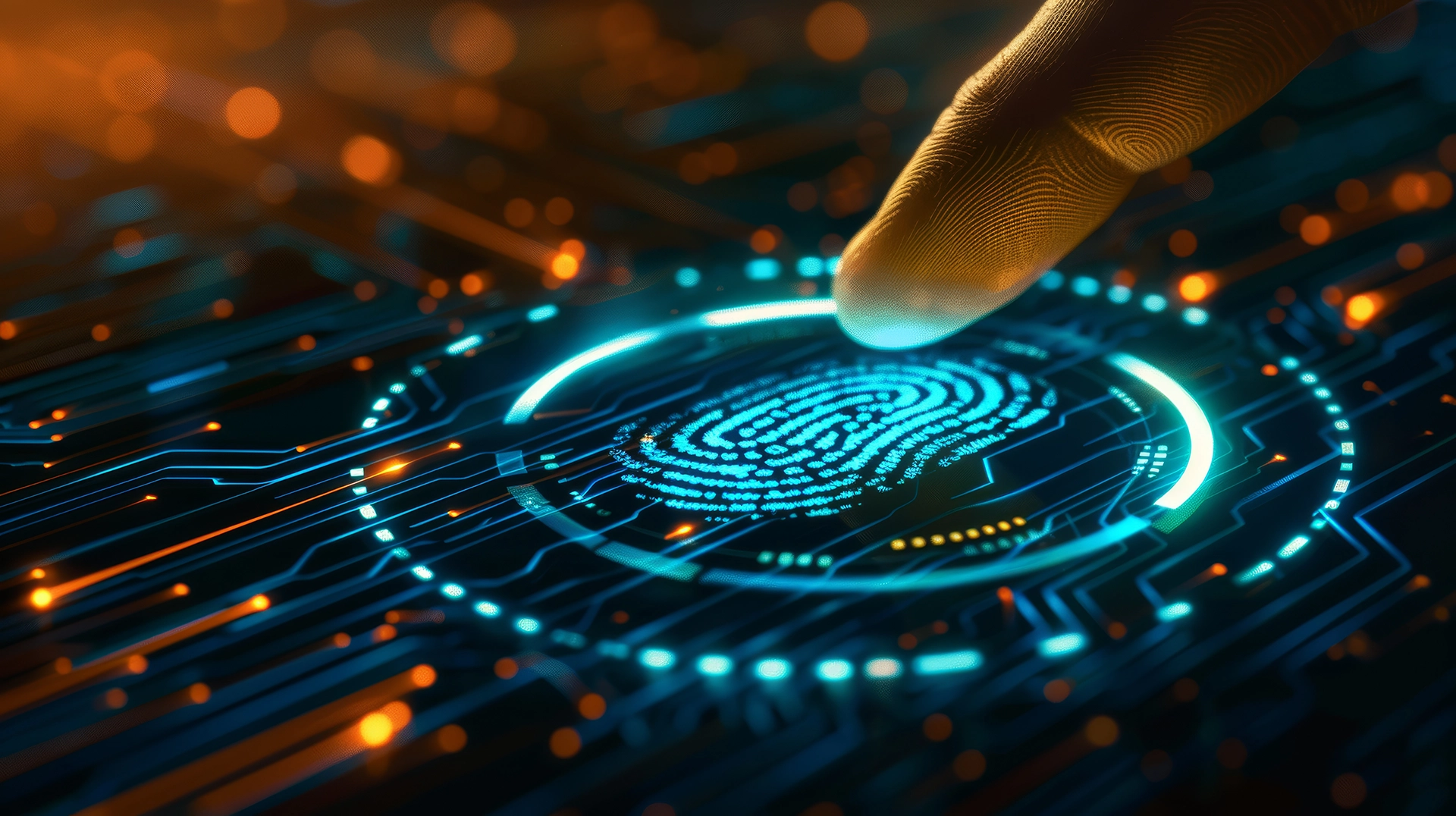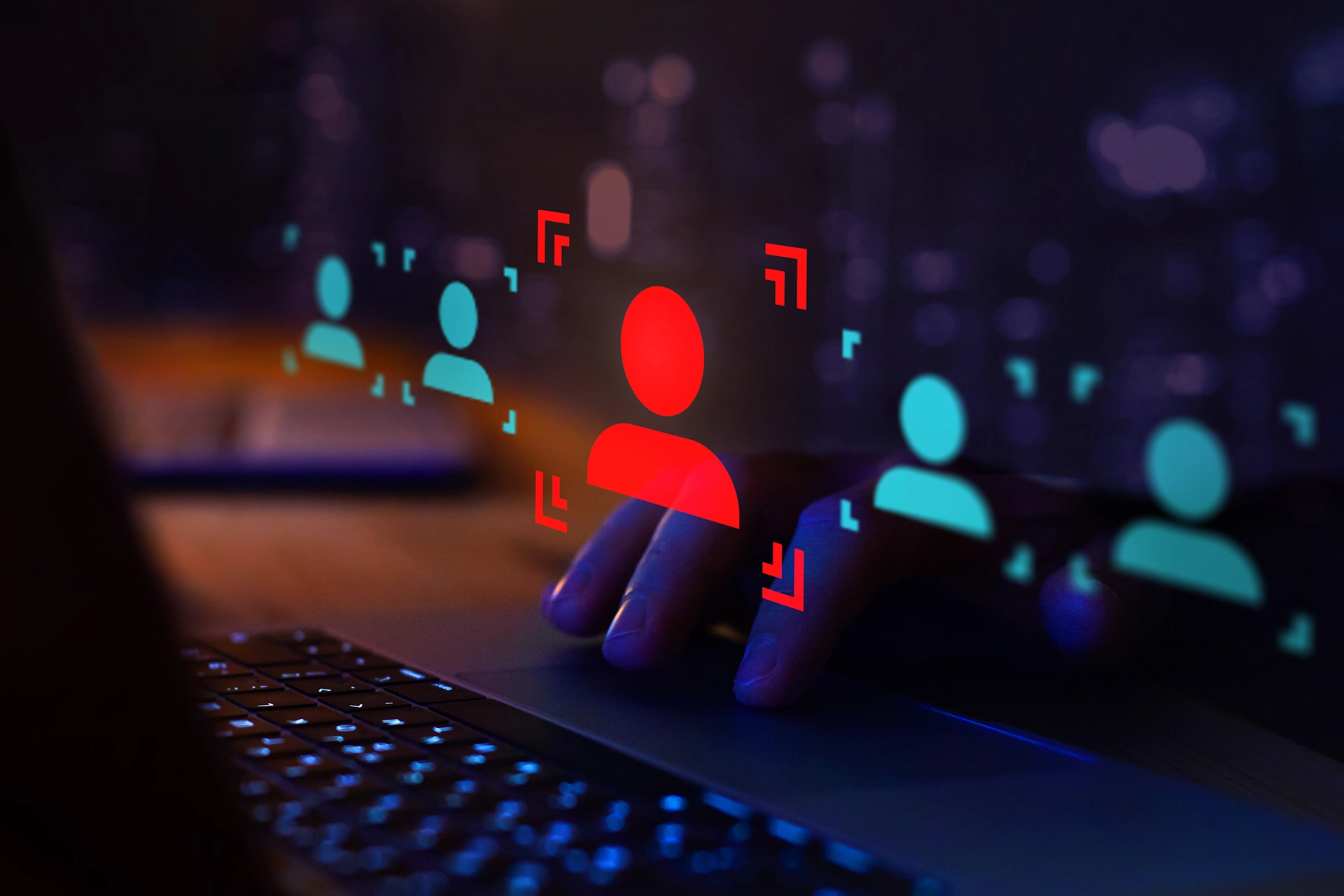Table of contents
- Tips for individuals and businesses
- The role of the dark web
- Proactive approach and constant vigilance
Tips for individuals and businesses
Cybercriminals use various techniques to obtain sensitive data and personal information, which they then exploit to commit frauds. Understanding how to defend against these attacks is essential for protecting one’s privacy and financial security.
How to discover identity theft
Discovering identity theft may not be immediate, but there are some warning signs that could indicate your data has been compromised.
- Regularly check bank accounts
Monitoring bank accounts and current accounts regularly is essential: unauthorized transactions could be the first sign of fraudulent activity.
- Monitor email communications
Keeping an eye on email communications can help identify impersonation attempts, such as password reset requests that you did not initiate.
- Be vigilant on social networks
Being vigilant on social networks is crucial, as cybercriminals can use information shared online to access your accounts or steal your identity.
How to prevent identity theft
Prevention is key to defending against identity theft. Using complex and different passwords for each website and service is one of the first measures to adopt.
- Use a password manager
A password manager can facilitate the management of secure credentials.
- Two-factor authentication (2FA)
Two-factor authentication adds an extra layer of security to your accounts. This makes it more difficult for cybercriminals to access even if they obtain your passwords.
- Protect sensitive data
Protecting sensitive data such as card numbers, birth dates, and tax codes is essential. Never share this information via email or insecure messages.
- Update software
Installing and keeping antivirus software and firewalls up to date can prevent data breaches caused by malware.
What to do in case of identity theft
If you suspect you are a victim of identity theft, acting quickly is crucial to limit the damage.
- Contact financial institutions
The first thing to do is immediately contact your bank and any other financial institution to block compromised accounts and cards.
- Report to authorities
Reporting the identity theft to the postal police is essential to initiate investigations and obtain official support.
- Change passwords
Changing all your account passwords and enabling two-factor authentication where possible can help prevent further unauthorized access.
Protection of personal data online
The websites you use daily can be a source of risk if not adequately protected.
- Check SSL certificates
Verifying that sites have SSL (Secure Sockets Layer) certificates is important to ensure your communications are encrypted.
- Avoid public Wi-Fi
Avoid using unsecured public Wi-Fi networks to access bank accounts or make online transactions, reducing the risk of data interception.
Businesses and data security
Businesses must adopt specific measures to prevent identity theft of their customers and employees.
- Implement security policies
Implementing strict cyber security policies, such as continuous staff training on risks and best security practices, is essential.
- Conduct security audits
Conducting regular security audits and continuously monitoring networks to identify any data breaches is crucial.

The role of the dark web
The dark web is a virtual black market where stolen data is often sold and bought.
- Monitoring services
Personal phone numbers, credit card numbers, personal data, and other sensitive information can be found on these platforms. Therefore, protecting your data from malicious individuals is even more important.
- Dark web monitoring services
Businesses and individuals can use dark web monitoring services. These systems allow you to receive alerts if your data is found in these dark areas of the internet.
Proactive approach and constant vigilance
Defending against digital identity theft requires a proactive approach and constant vigilance. By implementing effective security measures and staying informed about the risks and techniques used by cybercriminals, it is possible to protect both personal and corporate information. In case of suspected identity theft, acting quickly and decisively can make a difference in limiting the damage and recovering your digital security.
FAQ
- How can I prevent digital identity theft?
Using complex passwords, two-factor authentication, and protecting sensitive data are fundamental steps to prevent identity theft. - What signs indicate that I might be a victim of identity theft?
Unauthorized transactions on bank accounts, suspicious communications via email, and unrequested changes in account settings are warning signs. - What should I do if I discover I am a victim of identity theft?
Contact your bank immediately to block compromised accounts and report the theft to the postal police. - What measures can businesses take to protect customer data?
Businesses should implement cyber security policies, train staff, and monitor networks to identify breaches. - How can I know if my data has been sold on the dark web?
Using dark web monitoring services can help you receive alerts if your data is found on these platforms. - Is it safe to use public Wi-Fi networks to access bank accounts?
No, it is preferable to avoid using unsecured public Wi-Fi networks for sensitive activities like accessing bank accounts. - What are the first actions to take to protect personal data online?
Verifying that sites used are protected by SSL certificates and keeping antivirus and firewall software updated are important steps to protect data online.

